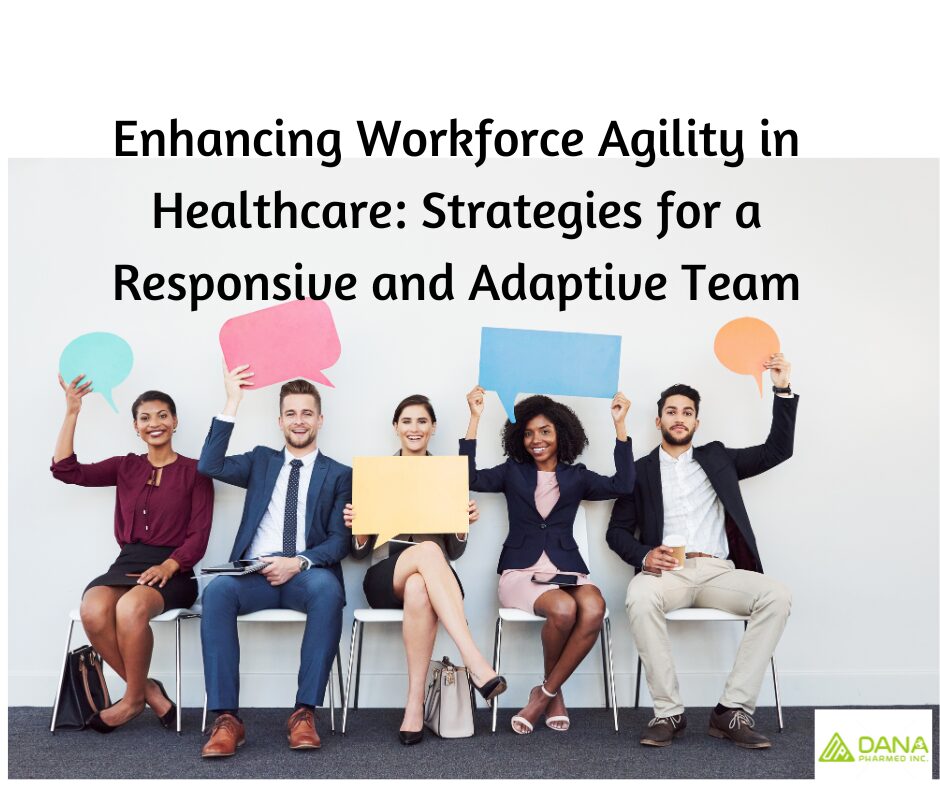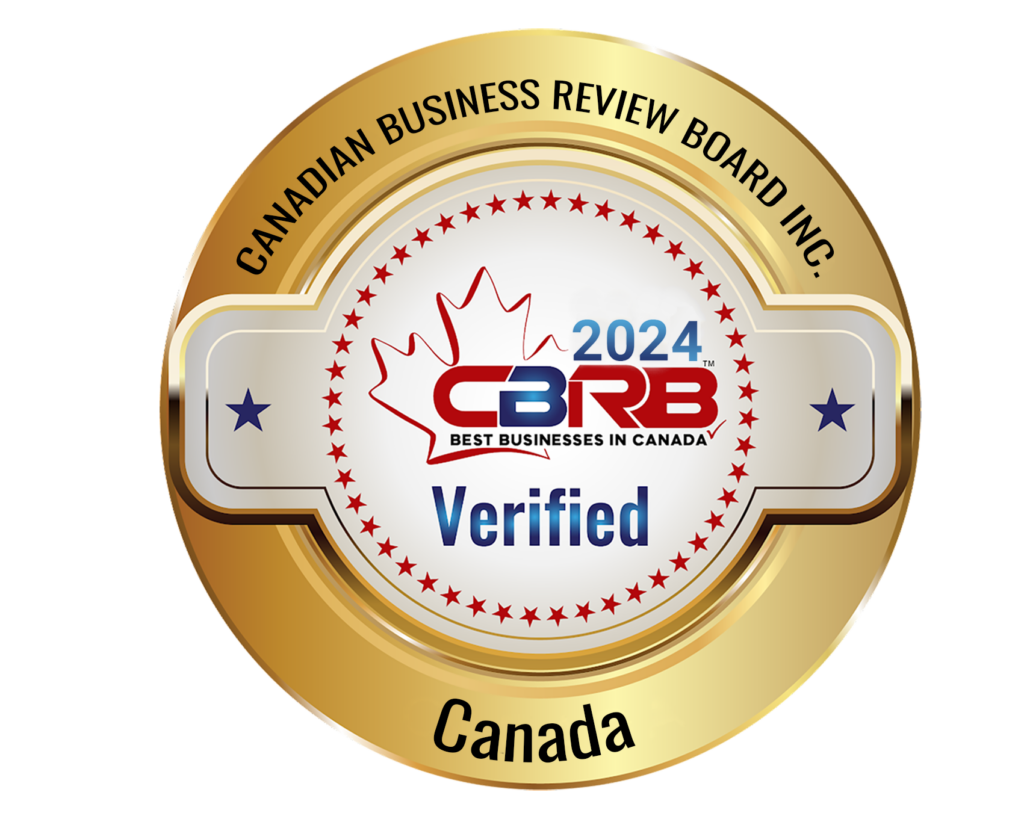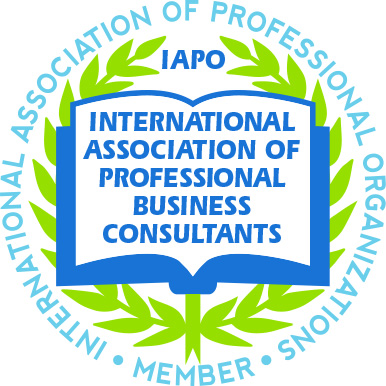– Brief overview of the importance of workforce agility in the healthcare industry
Workforce agility is crucial in the ever-evolving landscape of the healthcare industry. As advancements in technology, changes in regulations, and shifts in patient needs continue to shape the sector, healthcare organizations must be able to adapt quickly and efficiently. This requires a workforce that is flexible, responsive, and able to meet the demands of a rapidly changing environment. By fostering a culture of agility within their workforce, healthcare organizations can better navigate challenges and seize opportunities as they arise. Employees who are adaptable and open to change can help drive innovation and improve patient outcomes. Ultimately, workforce agility is not just a competitive advantage but a necessity for healthcare organizations looking to thrive in an increasingly complex and dynamic industry.
- Explanation of what workforce agility entails
Workforce agility in healthcare involves creating a team of employees who are not only skilled and knowledgeable in their respective roles, but also possess the ability to quickly adapt to new situations, technologies, and processes. This includes being able to pivot and adjust priorities as needed, collaborate effectively with colleagues across different departments, and continuously seek out opportunities for improvement and growth. In a constantly evolving healthcare landscape, where new challenges and opportunities emerge on a daily basis, workforce agility is essential for organizations to stay ahead of the curve and deliver high-quality care to their patients. By investing in training and development programs that promote agility, healthcare organizations can ensure that their workforce remains resilient, innovative, and able to meet the ever-changing needs of their patients and communities. This can involve cross-training employees in various roles, providing opportunities for mentorship and leadership development, and encouraging a culture of continuous learning and adaptability. By fostering a workforce that is agile and responsive to change, healthcare organizations can better navigate challenges, seize opportunities for growth, and ultimately improve patient outcomes and satisfaction. In today’s fast-paced healthcare environment, investing in workforce agility is not just a strategic advantage – it is a necessity for success.
Benefits of training and developing a versatile healthcare workforce
By providing employees with the tools and resources they need to continuously learn and adapt, healthcare organizations can create a competitive advantage in the industry. This can lead to increased employee satisfaction, reduced turnover, and ultimately better patient care. Additionally, a workforce that is agile and responsive to change can more effectively address the evolving needs of the healthcare landscape, such as advancements in technology, changes in regulations, and shifting patient demographics. Ultimately, investing in workforce agility is essential for healthcare organizations to thrive in an ever-changing and competitive environment. For example, a healthcare organization that implements ongoing training programs to upskill its employees in the latest medical technologies can improve patient outcomes and satisfaction. By adapting quickly to new regulations and implementing efficient workflows, the organization can also reduce costs and improve overall operational efficiency.
Understanding Workforce Agility in Healthcare
Workforce agility in healthcare refers to the ability of an organization to quickly and effectively adapt to changes in the industry, whether it be technological advancements, regulatory updates, or shifts in patient demographics. It involves having a workforce that is flexible, responsive, and able to pivot as needed to meet the demands of the ever-evolving healthcare landscape. This adaptability is crucial for healthcare organizations to not only survive, but thrive in a competitive and constantly changing environment. Healthcare providers must be able to quickly retrain staff, implement new protocols, and adopt innovative technologies in order to stay ahead of the curve. By fostering a culture of continuous learning and improvement, healthcare organizations can ensure that their workforce remains agile and ready to tackle any challenges that may arise. Ultimately, workforce agility in healthcare is about staying proactive, nimble, and forward-thinking in order to deliver the best possible care to patients and maintain a strong position in the industry. For example, a hospital facing a sudden influx of patients during a flu outbreak may need to quickly reassign staff, implement new infection control measures, and adopt telemedicine technology to efficiently triage and treat patients. By having a workforce that is trained to adapt and respond rapidly to changing circumstances, the hospital can effectively manage the situation, provide quality care, and maintain a positive reputation in the community.
Challenges faced by healthcare organizations in maintaining workforce agility
One of the key challenges faced by healthcare organizations in maintaining workforce agility is the need for ongoing training and development. In order to effectively respond to sudden changes and emergencies, employees must be equipped with the necessary skills and knowledge to adapt quickly. This requires a commitment to continuous learning and professional development, as well as a culture that values innovation and flexibility. Additionally, healthcare organizations must also invest in technology and infrastructure that support workforce agility, such as telemedicine platforms, remote monitoring devices, and digital communication tools. By prioritizing training, technology, and a culture of adaptability, healthcare organizations can better prepare their workforce to respond to the unpredictable nature of the industry. For example, a hospital implementing a telemedicine platform allows healthcare providers to conduct virtual consultations with patients, reducing the need for in-person visits and improving access to care. Additionally, investing in remote monitoring devices allows for real-time tracking of patient data, enabling healthcare professionals to make timely decisions and provide personalized care.
- Importance of adapting to changing healthcare trends and technologies
In today’s rapidly evolving healthcare landscape, it is crucial for organizations to stay ahead of changing trends and technologies. This requires a proactive approach to identifying and adapting to new developments in the field, as well as a willingness to embrace innovation and experimentation. By staying abreast of emerging technologies and trends, healthcare organizations can position themselves as leaders in the industry and provide better care for their patients. By investing in ongoing training and education for staff, healthcare organizations can ensure that they are equipped to utilize new technologies and techniques effectively. Additionally, fostering a culture of innovation and collaboration within the organization can help facilitate the adoption of new trends and practices. Ultimately, by prioritizing adaptability and staying informed about the latest advancements in healthcare, organizations can not only improve patient outcomes but also maintain a competitive edge in the industry. For example, a hospital may implement regular training sessions for its nursing staff on how to use new medical equipment and technology, such as remote monitoring devices or telemedicine platforms. This ensures that the staff is proficient in utilizing these tools to provide better care for patients and stay current with industry advancements. Additionally, creating cross-departmental teams that collaborate on quality improvement projects can lead to innovative solutions for improving patient care and streamlining processes within the organization.
Training and Development Strategies for Workforce Agility
- Implementing continuous learning programs for healthcare professionals can greatly enhance their skills and knowledge in an ever-evolving industry. These programs can include workshops, seminars, online courses, and on-the-job training opportunities to ensure that staff are up-to-date with the latest best practices and technologies. By investing in the ongoing development of their workforce, healthcare organizations can create a more flexible and adaptable team that is prepared to meet the challenges of tomorrow. Additionally, providing opportunities for cross-training and skill-sharing among employees can help to build a more versatile workforce that can easily adapt to changes in roles or responsibilities. Overall, prioritizing training and development as part of a comprehensive workforce agility strategy can lead to improved employee satisfaction, retention, and ultimately, better patient care.
- Providing cross-training opportunities to develop versatile skills among employees is essential in creating a workforce that is able to easily adapt to changes in roles or responsibilities. By encouraging employees to learn new skills and take on different tasks, healthcare organizations can ensure that their team is well-equipped to handle any challenges that may arise. This not only benefits the employees themselves by allowing them to expand their knowledge and expertise, but also improves overall team performance and efficiency. Additionally, cross-training can help to foster a culture of collaboration and teamwork, as employees are able to support and assist one another in various areas of expertise. Ultimately, investing in cross-training opportunities is a valuable strategy for building a more adaptable and resilient workforce in the healthcare industry.
- Investing in leadership development to foster a culture of adaptability and innovation is another key component in building a strong and successful healthcare organization. By providing opportunities for leadership training and development, healthcare organizations can empower their employees to take on new challenges and drive positive change within the organization. This not only helps to cultivate a more innovative and forward-thinking culture, but also ensures that the organization is well-equipped to navigate the ever-changing landscape of the healthcare industry. Leadership development programs can also help to identify and nurture future leaders within the organization, ensuring a pipeline of talent to drive continued success and growth. Overall, investing in leadership development is essential for creating a culture of adaptability and innovation that will enable healthcare organizations to thrive in an increasingly complex and competitive environment.
Case Studies and Success Stories
- Example of a healthcare organization that successfully implemented workforce agility training programs
One such example is Humber River Hospital, which recognized the need to adapt to the rapidly evolving healthcare landscape. By investing in workforce agility training programs, they were able to equip their employees with the skills and mindset needed to respond to changing industry trends and challenges. As a result, Humber River Hospital saw improvements in employee engagement, productivity, and overall organizational performance. This case study serves as a testament to the importance of investing in leadership development and workforce agility to drive success in the healthcare industry.
- Testimonials from healthcare professionals who have benefited from training and development initiatives
One nurse, Sarah, shared how the leadership training she received helped her navigate complex patient care situations with confidence and empathy. Another healthcare professional, John, credited the workforce agility program for enabling him to adapt quickly to new technologies and protocols, ultimately leading to better patient outcomes. These testimonials underscore the value of continuous learning and development in the fast-paced and ever-evolving healthcare sector. Another example is Dr. Patel, who highlighted how a communication skills workshop improved her ability to effectively collaborate with interdisciplinary teams and provide patient-centered care. Additionally, technician Kevin praised a technical skills training program for enhancing his ability to troubleshoot equipment issues efficiently, ultimately reducing downtime and improving overall patient care delivery. These examples demonstrate the tangible benefits of investing in healthcare professionals’ ongoing training and development.
- Quantitative data on the impact of workforce agility on organizational performance and employee satisfaction is also crucial in understanding the full scope of benefits. Studies have shown that organizations that prioritize workforce agility experience higher levels of employee engagement, lower turnover rates, and increased productivity. Additionally, these organizations are better equipped to respond to changes in the industry and maintain a competitive edge. By investing in programs that promote agility and continuous learning, healthcare organizations can ensure they are well-positioned to meet the demands of a dynamic and rapidly changing environment.
Conclusion
In conclusion, workforce agility is essential for healthcare organizations to thrive in today’s fast-paced and ever-evolving industry. By fostering a culture of adaptability, innovation, and continuous learning, healthcare organizations can not only attract and retain top talent but also effectively respond to challenges and opportunities as they arise. It is clear that prioritizing workforce agility is crucial for success in the healthcare sector, and organizations that embrace this mindset will undoubtedly reap the benefits of increased employee engagement, lower turnover rates, and improved productivity.
One way for healthcare organizations to prioritize training and developing a versatile workforce is to invest in ongoing education and development programs. By providing employees with opportunities to learn new skills, stay current with industry trends, and enhance their knowledge, organizations can ensure that their workforce remains adaptable and well-equipped to handle any challenges that may arise. Additionally, fostering a culture of continuous learning can help employees feel valued and motivated, leading to higher levels of engagement and job satisfaction. It is essential for healthcare organizations to recognize the importance of investing in their workforce and to make training and development a priority in order to stay competitive in today’s rapidly evolving healthcare landscape.
Final thoughts on the future of workforce agility in healthcare.
As technology continues to advance and new healthcare regulations are implemented, the need for a skilled and adaptable workforce will only continue to grow. By prioritizing training and development, organizations can ensure that their employees are prepared to navigate these changes and provide the best possible care to patients. Embracing a culture of continuous learning and investing in the growth of their workforce will be crucial for healthcare organizations to thrive in the future.
Is your healthcare team ready to adapt to the ever-changing demands of the industry? Contact DanaPharmed today to schedule a comprehensive needs assessment and discover how our tailored training programs can enhance your workforce’s agility and performance. Let’s build a more resilient and responsive team together!”









